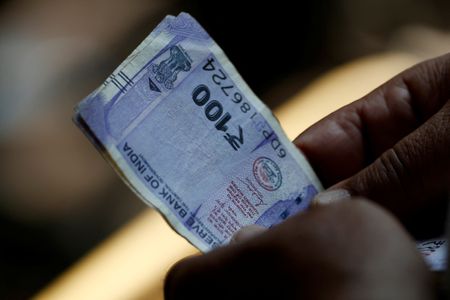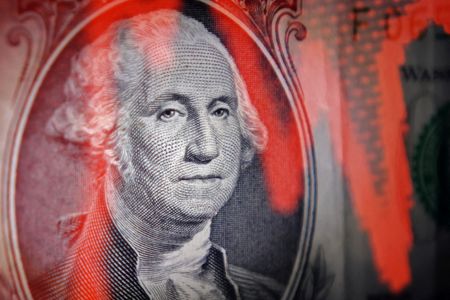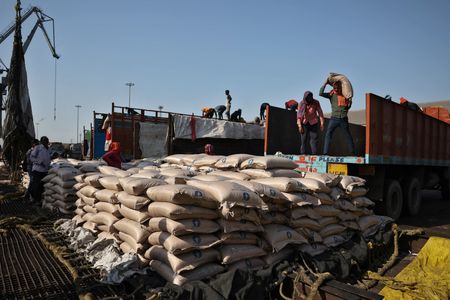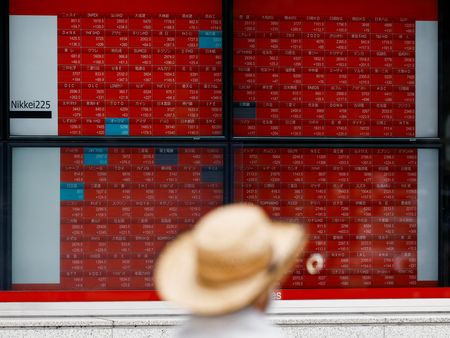MUMBAI (Reuters) – The Indian rupee rose on Friday, drawing some relief from expectations that the Federal Reserve remains on track to cut rates, possibly three times this year.
Forward premiums inched up to their highest since the first half of May.
The rupee was at 88.3025 at 10:06 IST, up from 88.4425 on Thursday, when it fell to an all-time low.
It has been under steady pressure since the U.S. imposed extra tariffs on Indian imports of Russian oil late last month.
Any brief relief in the currency have been limited by importers covering their dollar needs and continued demand from speculators, bankers said.
The story feels “increasingly repetitive – tariff-led pressure on India’s exports combined with lack of portfolio flows weighing on the currency, Amit Pabari, managing director at FX advisory firm CR Forex said,
“The rupee seems caught in a cycle of stress.”
The Indian currency has declined through September despite firming expectations of multiple Federal Reserve rate cuts. The Fed is poised to lower rates by 25 basis points next week, with two further cuts likely in October and December.
Data on U.S. inflation and initial jobless claims released on Thursday reinforced market bets on a more accommodative Fed.
Claims data reinforced the narrative of a weakening labor market, supporting Fed cuts and boosting risk appetite.
USD/INR forward premiums have been climbing in response to Fed rate cut expectations, with the implied yield on the one-year contract on Thursday rising to a new four-month high.
The one-year USD/INR forward yield has risen 14 basis points so far this year, following a 20-basis-points jump in August.
(Reporting by Nimesh Vora; Editing by Nivedita Bhattacharjee)











